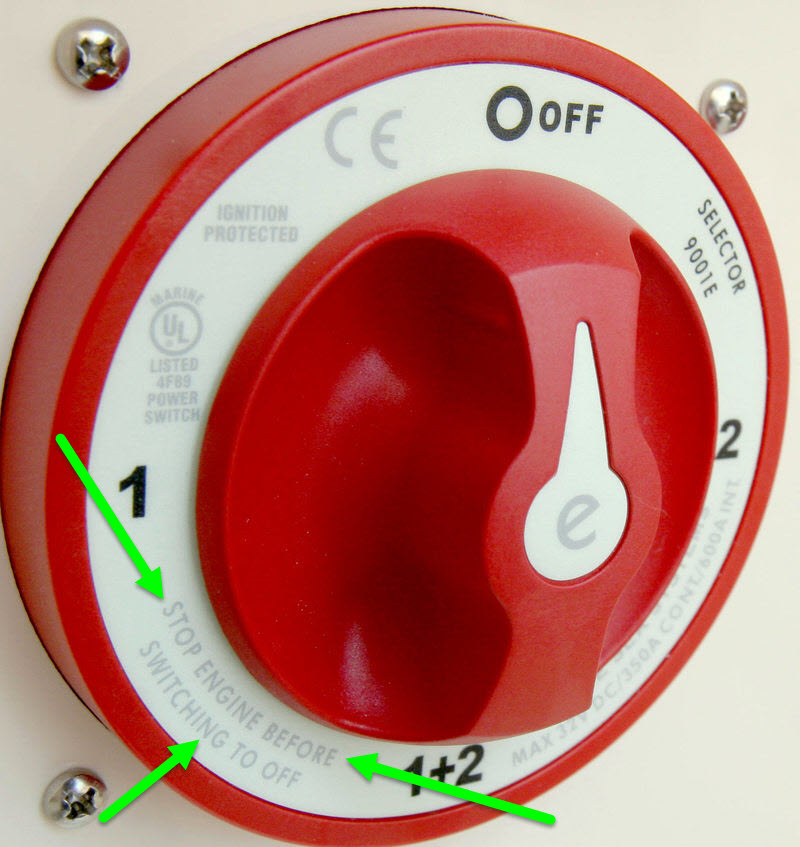With the end goal of developing a cruising power budget in which I have confidence, I am curious if careful sailboat owners switch between starting banks and house banks of batteries regularly?
My previous owner instructed me to leave the battery switch on "both" under all circumstances, and that has worked fine.
I have neither a functional ammeter or battery monitor at present and I am considering purchasing a monitor with a shunt that can display state-of-health and state-of-charge. The instructions I have read for several monitor models indicate that users are typically only monitoring the house bank, as the starter bank rarely reaches a fully discharged state.
So this brings me around to my subject line. Do you switch between your battery banks for starting your boat every time you go out? Other than isolating that bank for starting purposes with the main switch, do you have another setup that is preferable?
Do you just switch to the 'house' bank if you are at anchor or at sea, wanting to protect your starting bank?
Thanks in advance for sharing your practices.
My previous owner instructed me to leave the battery switch on "both" under all circumstances, and that has worked fine.
I have neither a functional ammeter or battery monitor at present and I am considering purchasing a monitor with a shunt that can display state-of-health and state-of-charge. The instructions I have read for several monitor models indicate that users are typically only monitoring the house bank, as the starter bank rarely reaches a fully discharged state.
So this brings me around to my subject line. Do you switch between your battery banks for starting your boat every time you go out? Other than isolating that bank for starting purposes with the main switch, do you have another setup that is preferable?
Do you just switch to the 'house' bank if you are at anchor or at sea, wanting to protect your starting bank?
Thanks in advance for sharing your practices.

